Most Common Diseases in St. Augustine Grass (Prevent & Identify)
Hey there, fellow lawn lovers! If you’re a fan of St. Augustine grass, you know it can make your yard look like a lush, green paradise.
But let’s face it, sometimes this gorgeous grass can get hit with some pesky diseases that can really mess with its good looks.
Don’t worry, though! I’m gonna tell you about the most common St. Augustine grass diseases, help you spot ’em, and give you the lowdown on how to prevent and treat them.
By the end of this, you’ll be a total pro at keeping your St. Augustine lawn lookin’ top-notch.
So, let’s get down to the nitty-gritty!
Identifying St. Augustine Grass Diseases
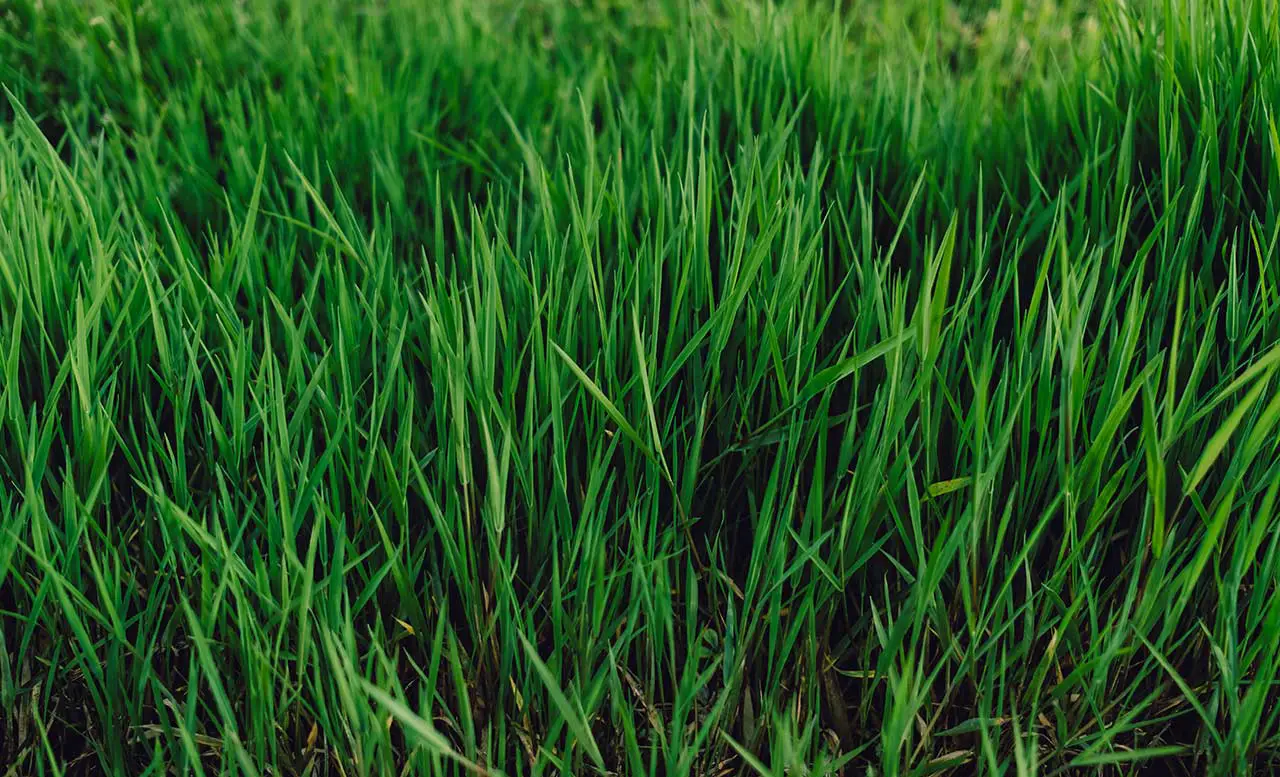
Brown Patch
Brown patch is a common fungal disease that affects St. Augustine grass during warm, humid weather.
The disease is characterized by circular patches of brown grass with a yellow halo.
The patches can range from a few inches to several feet in diameter.
Brown patch can be prevented by minimizing the amount of water applied to the lawn and avoiding excessive fertilization.
Fungicides can be used to treat the disease if it becomes severe.
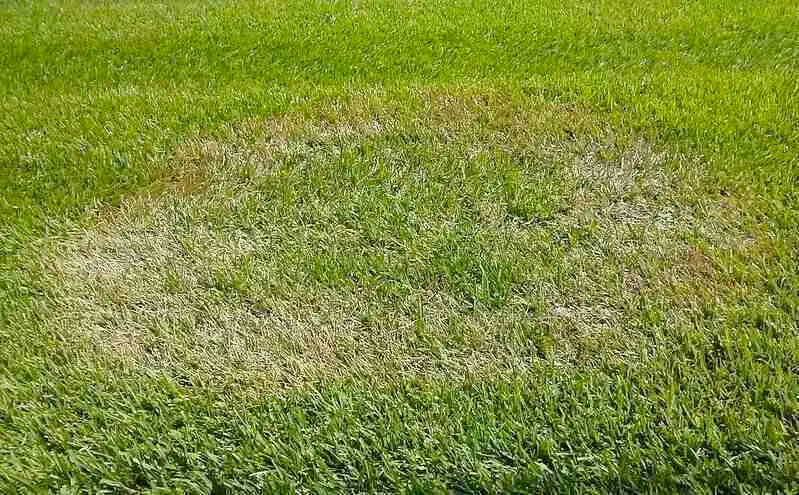
Gray Leaf Spot
Gray leaf spot is another fungal disease that affects St. Augustine grass.
It is characterized by grayish-brown spots on the blades of grass, which can merge together and form larger patches.
This disease is most common during periods of high humidity and warm temperatures.
Gray leaf spot can be prevented by avoiding excessive nitrogen fertilization and watering the lawn in the morning.
Fungicides can be used to treat the disease if it becomes severe.
Take-All Root Rot (TARR)
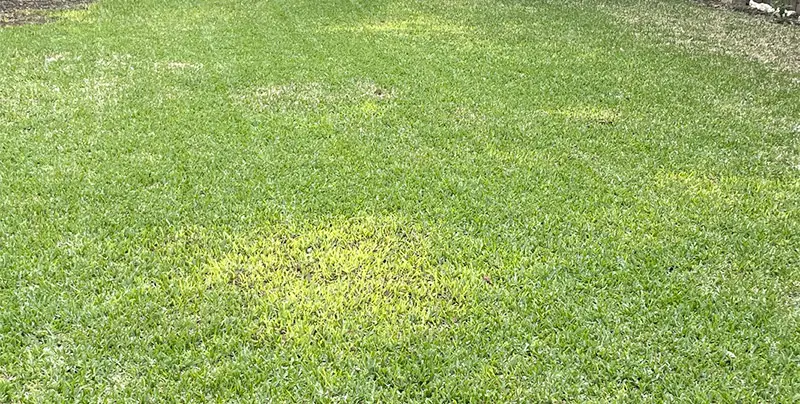
Take-all root rot (TARR) is a fungal disease that affects St. Augustine grass during periods of high humidity and warm temperatures.
The disease is characterized by yellowing and thinning of the grass, as well as blackening and rotting of the roots.
Take-all root rot can be prevented by avoiding excessive nitrogen fertilization and watering the lawn in the morning.
Fungicides can be used to treat the disease if it becomes severe.
Dollar Spot
Dollar spot is a fungal disease that affects St. Augustine grass during periods of cool, moist weather.
The disease is characterized by small, round, straw-colored spots on the blades of grass.
The spots can merge together and form larger patches.
Dollar spot can be prevented by avoiding excessive nitrogen fertilization and watering the lawn in the morning.
Fungicides can be used to treat the disease if it becomes severe.
Nigrospora Stolon Rot
Nigrospora stolon rot is a fungal disease that affects St. Augustine grass during periods of high humidity and warm temperatures.
The disease is characterized by blackening and rotting of the stolons, which are the above-ground stems that connect the grass blades to the roots.
Nigrospora stolon rot can be prevented by avoiding excessive nitrogen fertilization and watering the lawn in the morning.
Fungicides can be used to treat the disease if it becomes severe.
Fairy Ring
Fairy ring is a fungal disease that affects St. Augustine grass during periods of hot, dry weather.
The disease is characterized by circular rings of dark green grass with a brownish ring around them.
The rings can range from a few inches to several feet in diameter. Fairy ring can be prevented by avoiding excessive nitrogen fertilization and watering the lawn in the morning.
Fungicides can be used to treat the disease if it becomes severe.
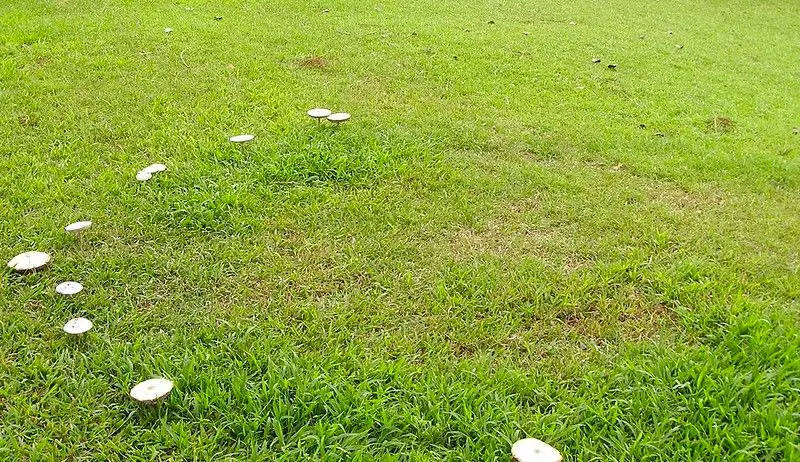
St. Augustine Decline (SAD)
St. Augustine decline is a disease that affects St. Augustine grass during periods of high humidity and warm temperatures.
The disease is characterized by yellowing and thinning of the grass, as well as blackening and rotting of the roots.
St. Augustine decline can be prevented by avoiding excessive nitrogen fertilization and watering the lawn in the morning.
Fungicides can be used to treat the disease if it becomes severe.
Preventing St. Augustine Grass Diseases
St. Augustine grass is a very common choice for lawns in warm climates.
However, it is susceptible to various diseases that can damage or kill the grass if not properly managed.
Here are some tips to prevent St. Augustine grass diseases:
Proper Watering Techniques
One of the most important factors in preventing St. Augustine grass diseases is proper watering.
Overwatering leads to root rot and other fungal diseases, while underwatering can stress the grass and make it more susceptible to diseases.
I recommend that you water deeply and infrequently, giving the soil time to dry out between watering sessions.
A general rule of thumb is to water one inch per week, either through rainfall or irrigation.
However, this amount may vary depending on the climate and soil conditions.
Mowing and Fertilizing Tips
Mowing and fertilizing are also important in preventing St. Augustine grass diseases.
I recommend that you mow the grass at a height of 3-4 inches, leaving some of the blade to promote photosynthesis and root growth.
Mowing too low can stress the grass and make it more susceptible to diseases.
Fertilizing should be done according to the specific needs of the grass, taking into account the soil type, climate, and other factors.
Overfertilization can lead to excessive growth and make the grass more susceptible to diseases.
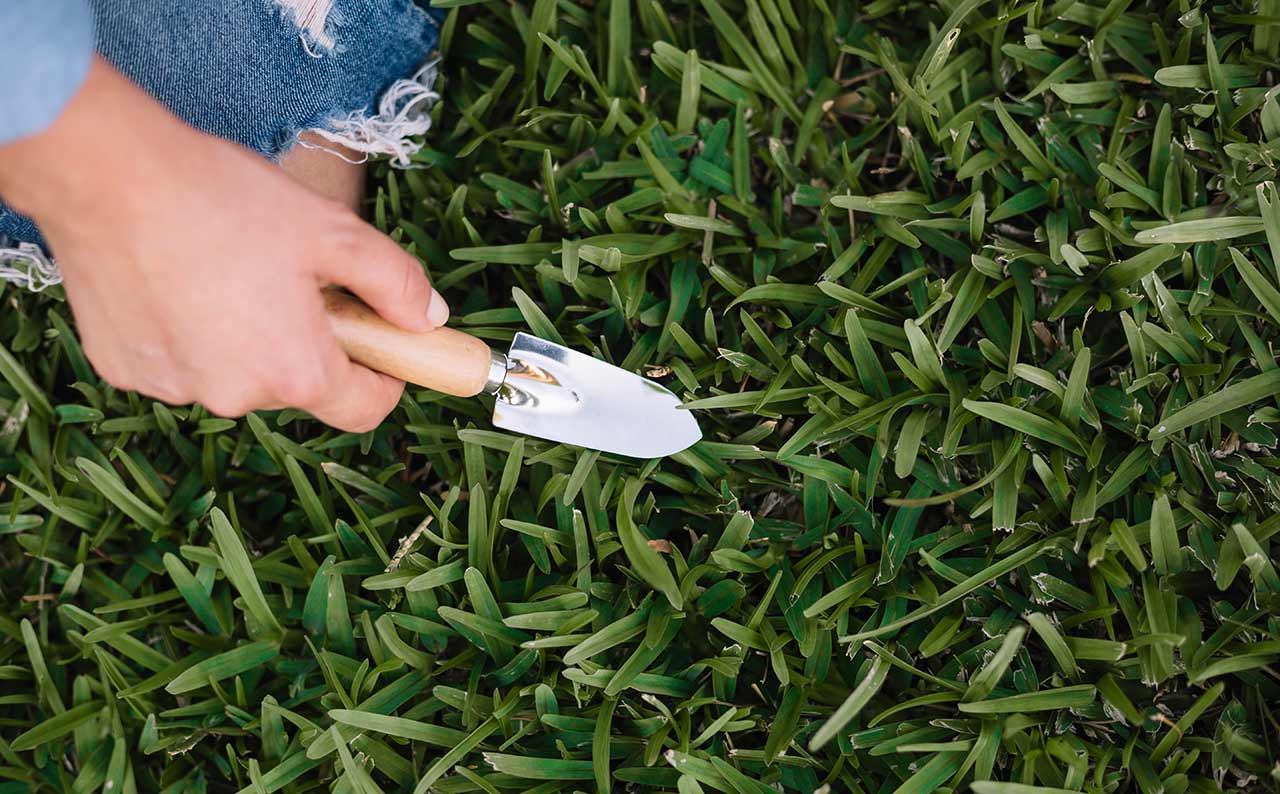
Disease-Resistant Grass Varieties
Another way to prevent St. Augustine grass diseases is to choose disease-resistant grass varieties.
Some varieties, such as Floratam and Bitterblue, are more resistant to certain diseases than others.
However, it is important to note that no grass variety is completely immune to all diseases.
Therefore, proper maintenance practices are still necessary to prevent diseases from taking hold.
Proper Soil Aeration
Ensuring that your lawn has proper soil aeration can also help prevent St. Augustine grass diseases.
A well-aerated lawn allows water and nutrients to penetrate the soil more effectively, which can reduce the likelihood of diseases taking hold.
Aerating your lawn at least once a year can help maintain a healthy environment for your grass to thrive.
Monitor and Address Pests
Keeping an eye out for pests, such as chinch bugs or grubs, can help prevent St. Augustine grass diseases.
These pests can damage the grass and create an environment that’s conducive to the development of diseases.
Addressing pest issues early on can help maintain a healthy lawn and reduce the likelihood of diseases taking hold.
Treating St. Augustine Grass Diseases
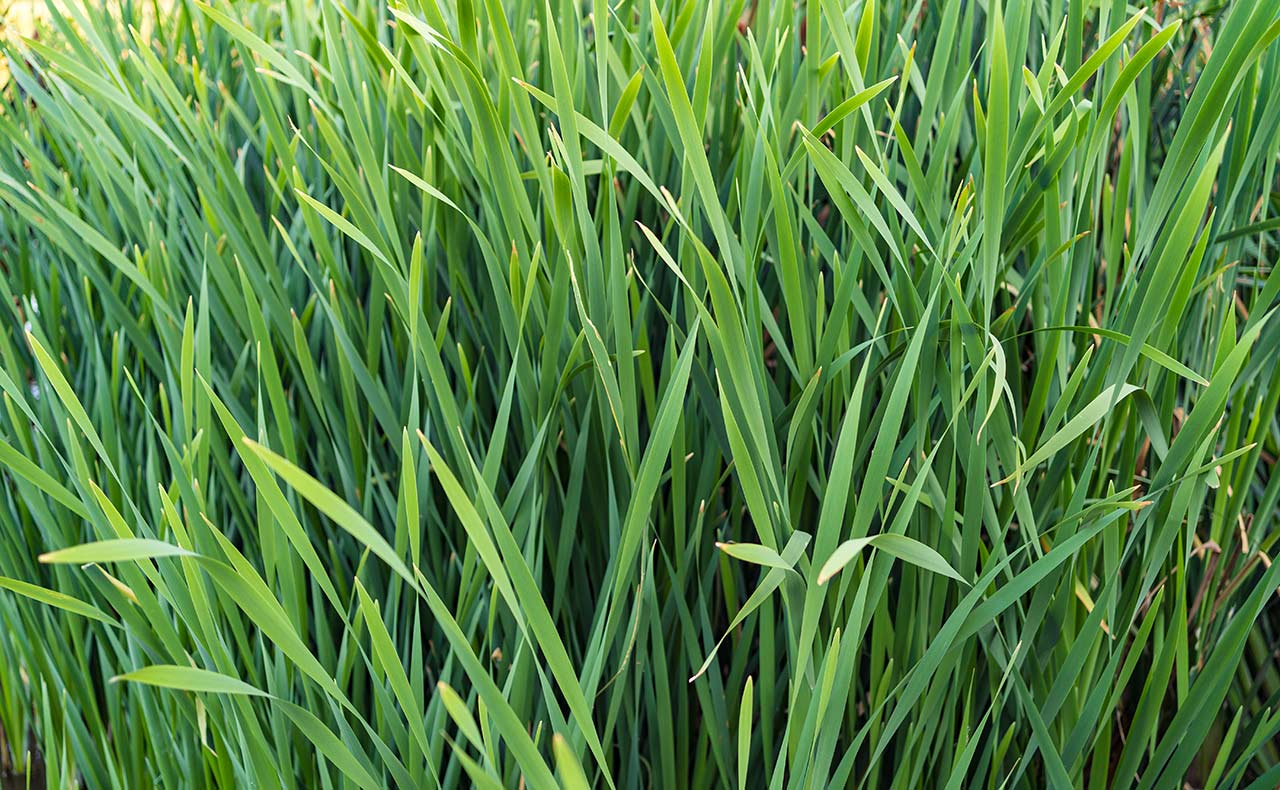
Fungicides
When it comes to treating St. Augustine grass diseases, fungicides can be an effective solution.
There are several fungicides available that contain active ingredients to help control brown patch disease, which is one of the most common diseases affecting St. Augustine grass.
These active ingredients include thiophanate methyl, myclobutanil, and azoxystrobin.
However, it is important to note that fungicides should be used as a last resort and only when necessary, as they can have negative impacts on the environment and beneficial insects.
Regular Lawn Care
Another way to prevent and treat St. Augustine grass diseases is through regular proper lawn care.
According to the Clemson Cooperative Extension, regular lawn care practices such as proper mowing, irrigation, and fertilization can help prevent and control diseases.
For example, avoiding overwatering and watering in the morning can help prevent the growth of fungi that cause diseases.
Additionally, avoiding excessive fertilization can help prevent the growth of fungi and other diseases.
Professional Lawn Care Services
If cultural practices and fungicides are not effective in treating St. Augustine grass diseases, it may be necessary to seek professional lawn care services.
Professional lawn care services can provide specialized treatments, such as soil testing, to determine the underlying cause of the disease and develop a customized treatment plan.
They can also provide ongoing maintenance to prevent the recurrence of diseases.
By following proper watering techniques, mowing and fertilizing tips, choosing disease-resistant grass varieties, ensuring proper soil aeration, and monitoring and addressing pests, homeowners can help prevent St. Augustine grass diseases and maintain a healthy lawn.